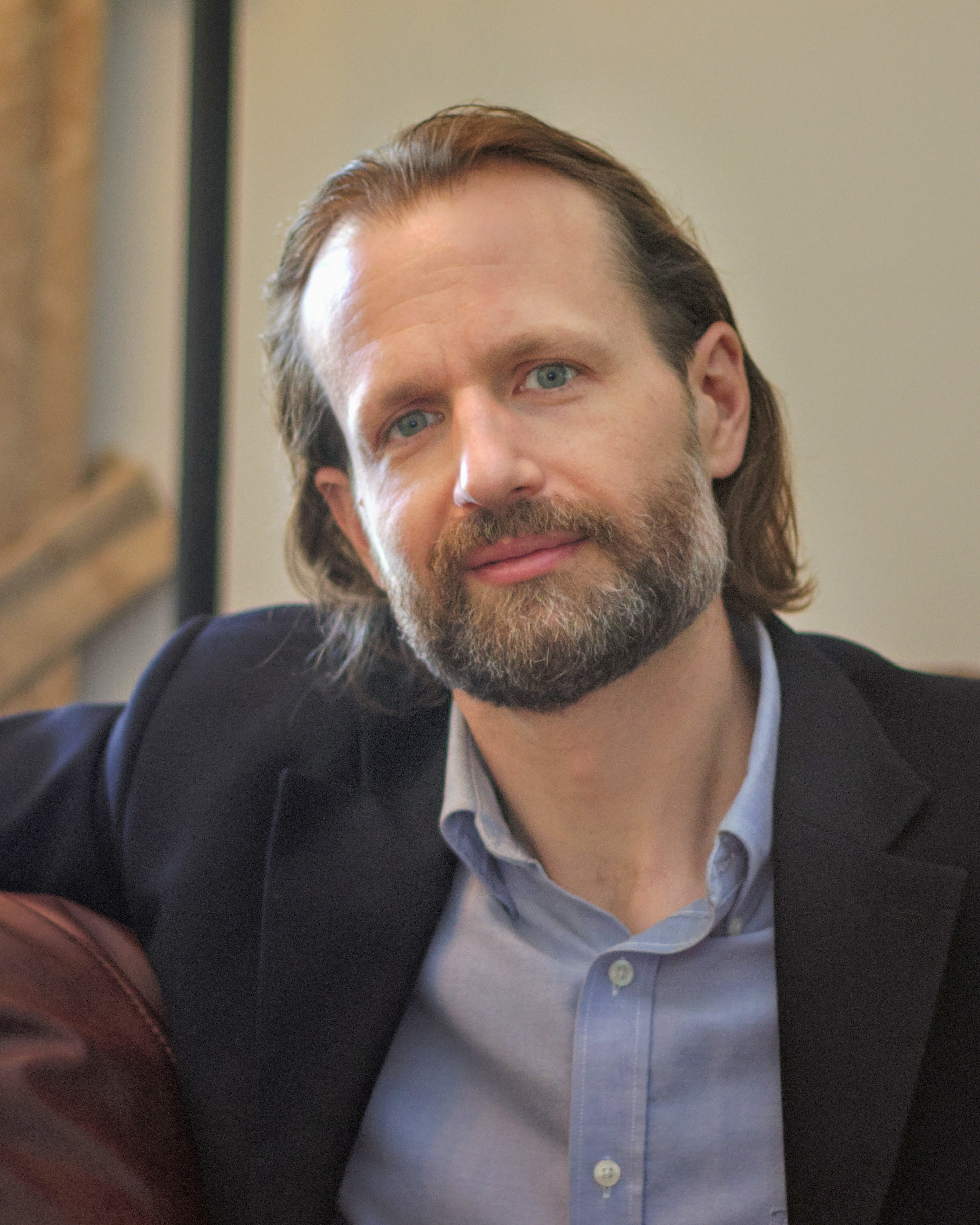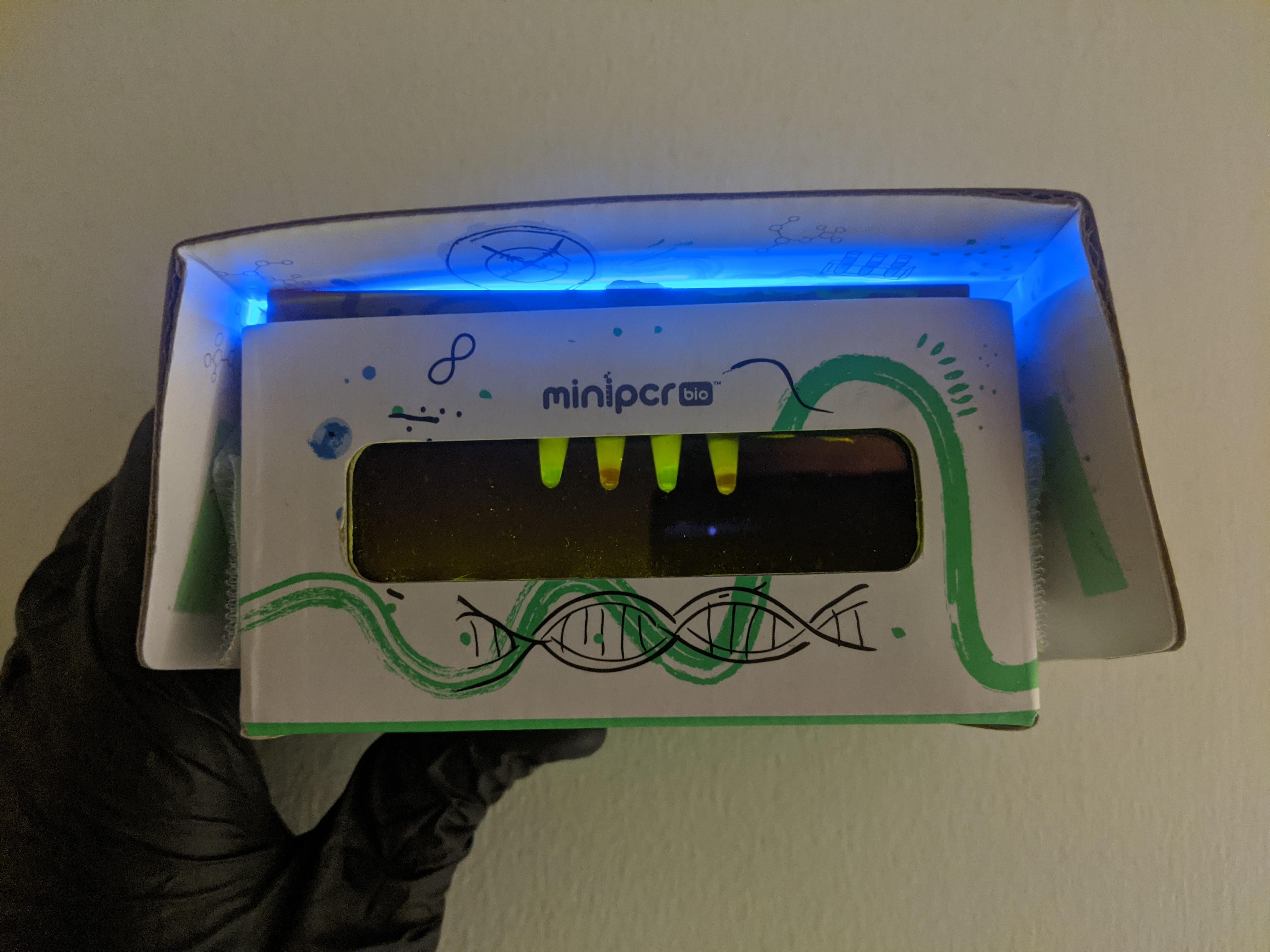Dr. Scott Sherrill-Mix - Marine Biologist, Bioinformatician, Microbiologist

Scott Sherrill-Mix, Ph.D., is among the newest members of the MMG Faculty, with his appointment in the College of Veterinary Medicine, having joined the department in the summer of 2023. His current research focuses on assay development for diseases in both humans and animals and host-pathogen interactions with a focus on HIV.
Scott grew up in the small town of Alpena at the northeastern tip of Michigan’s lower peninsula. He recalls watching Jacques Cousteau on TV as a child and being fascinated by the undersea world, so much so that he earned his SCUBA certification as a high schooler. He also spent a few summers doing research in the local quarries with a paleontologist who had him searching for bright blue Dunkleosteus fossils amongst the rocks (Dunkleosteus are an extinct genus of large fish from the Late Devonian era).
SCUBA diving is good in Michigan, but it’s even better in Florida, so when it was time for college, Scott headed south to Florida State University, where he pursued a biology degree with a certification in marine biology. The summer after his junior year, he interned with the National Marine Fisheries Service on a project attempting to use sharks’ eye lenses to determine their age. Ultimately, it turns out that lenses are not an effective indicator of aging, but the experience of netting fish would prove invaluable in just a few years. Scott had completed his course requirements before his senior year, so he decided to embark on a totally new adventure and flew to Japan to spend his senior year at Hiroshima University.
After returning from Japan, Scott put his internship experience to good use as a subcontracted government observer estimating catch and assessing bycatch in fisheries first along the southern coast of California and then in the Aleutian Islands and Gulf of Alaska. So, just a few months after graduating from college in Florida, Scott found himself on 100-foot boats in the Bering Sea…in the middle of winter. He described the enormous waves with glee and recalled having to keep his hands on the wall above his head to keep from hitting the wall in his bunk as a result of the huge swells.
Despite the fun he was having on the fishing boats, after a year, Scott decided that it was time to head back to school to pursue a master’s degree. At Dalhousie University in Halifax, Nova Scotia, his research focused on tracking migrating leatherback turtles under the supervision of Ram Myers and Mike James. GPS was not yet widespread and was problematic for the short surface intervals of sea turtles, so the tracking process was analytically challenging. That turned out to be a stroke of good fortune, because managing the noisy tracking data and combining it with satellite imagery provided the skills that finally led him to microbiology. After Scott earned his Master’s, he followed his then fiancée to Philadelphia, where she would be a postdoctoral researcher. Thanks to the data processing skills he honed during his master’s project, Scott was hired as a bioinformatician in the microbiology lab of Rick Bushman at the University of Pennsylvania where he would eventually do his Ph.D. It was there that Scott first began working with HIV with analyses of mRNA splicing and viral latency. He continued his work with HIV as a postdoctoral fellow with Beatrice Hahn and Rick Bushman learning virological techniques and characterizing HIV’s interactions with its host over the course of infection.
Scott was just beginning his job hunt in early 2020 when his search was put on hold as everything shut down due to the pandemic. This global emergency prompted Scott’s work on assay development when his lab at Penn began developing assays for COVID testing, and, in particular, focused on using LAMP testing (Loop-mediated Isothermal Amplification) for screening without competing for the critical PCR components in short supply for clinical testing at the time. After seeing problematic false positives in initial testing, Scott developed a novel means of improving specificity using molecular beacons that fluoresce only in the presence of the target viral sequence, allowing a positive result to be clearly seen under blue light. Now, a large part of Scott’s research focuses on applying LAMP testing and DNAzymes (DNA that fold into structures with catalytic activity) to create assays for various pathogens. One of his aims is to create new methods that will allow for more accessible testing in lower resource settings, and he’d also like to expand testing options for stall-side testing in veterinary care.
 Results of COVID test using LAMP testing methodology
Results of COVID test using LAMP testing methodology
Once COVID began to wane, Scott picked up his job hunt again and was thrilled to receive an offer from MSU. Primarily it was the world-class research and congeniality of the faculty that drew Scott to MSU, but it might have also been family history that lured him here, after all his mom was an alumna with a degree in Education. We’re excited that Scott is part of our faculty, and we can’t wait to see what adventure his research will take him on next.
by Debbie Walton